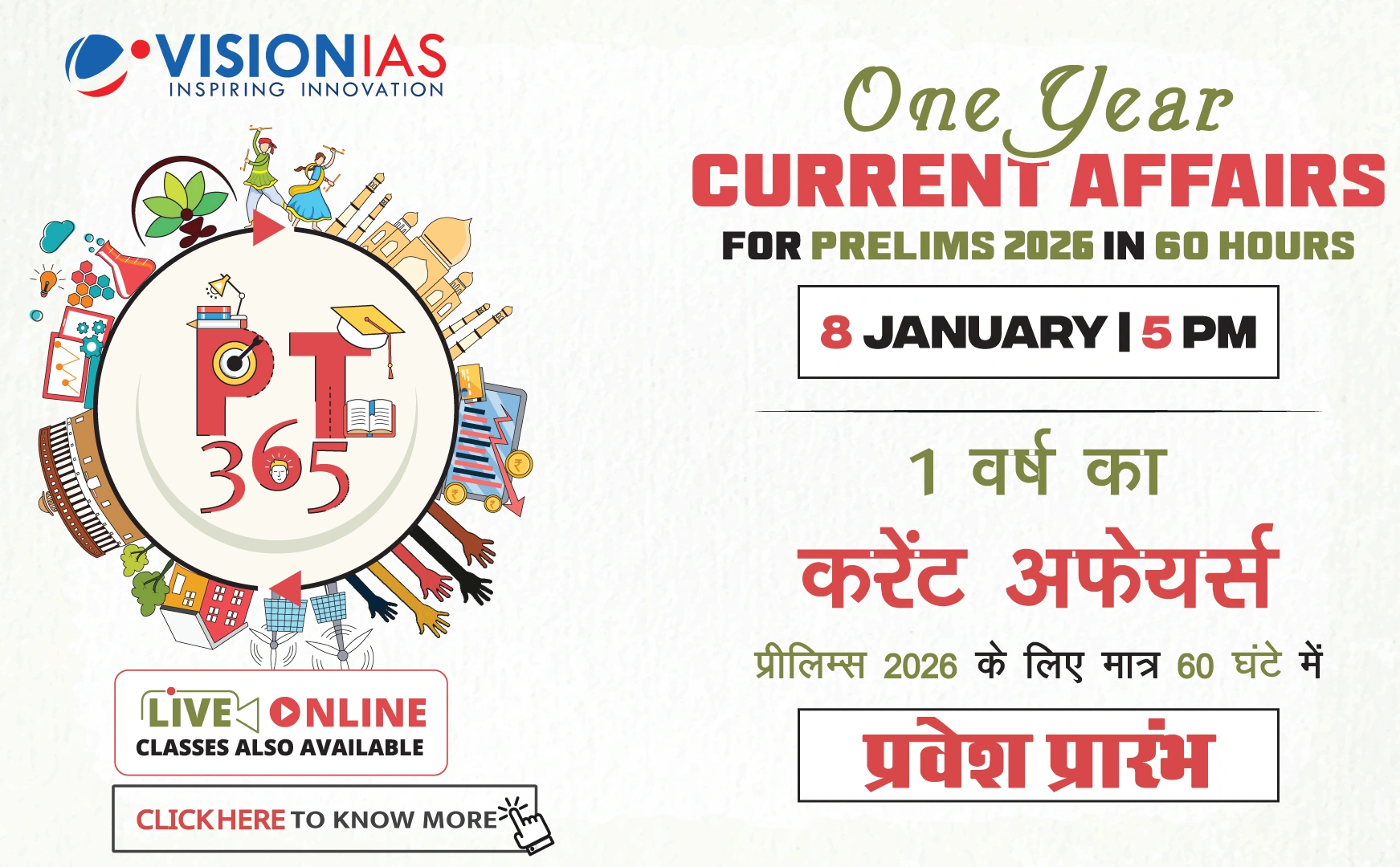India's Inequality Debate
A recent report places India among the most equal countries globally, based on a Gini index of 25.5, sparking discussions on inequality measurement.
Understanding the Gini Coefficient
- The Gini coefficient measures inequality within a population; a higher value indicates greater inequality.
- India's Gini index is derived from consumption inequality, not income or wealth inequality.
- Consumption-based measures often understate true inequality due to factors like underreporting by high-income groups.
Decline in Extreme Poverty
- Extreme poverty reduced from 16.2% in 2011-12 to 2.3% in 2022-23.
- Despite this, inequality remains a significant concern.
Data Limitations
- According to the Household Consumption Expenditure Survey (HCES) 2022-23, consumption inequality declined.
- The Gini index improved from 28.8 in 2011-12 to 25.5 in 2022-23, but data limitations exist, including underreporting by the affluent.
- The World Bank warns that reported consumption inequality may be underestimated.
Wage Disparity
- The wage gap remains significant: the top 10% of earners have median earnings 13 times greater than the bottom 10% in 2023-24.
- The predominance of self-employment or casual labor with limited stable income contributes to this disparity.
Spatial and Interstate Inequalities
- A wide gap persists between rural and urban consumption; rural MPCE in Tamil Nadu is nearly double that in Jharkhand.
- Urban consumption in Telangana is over 70% higher than in Bihar, indicating structural imbalances.
Implications for Economic Growth
- Unchecked inequalities could undermine long-term economic growth and political stability.
- Rich states expressing concerns about subsidizing poorer states adds to the challenge.
Policy Recommendations
- India plans to conduct an income survey, although it may face similar limitations as the consumption survey.
- Wealth, especially intergenerational wealth, needs consideration for a comprehensive inequality picture.
- Policies should focus on rapid growth and creating gainful employment to improve quality of life and equity.



